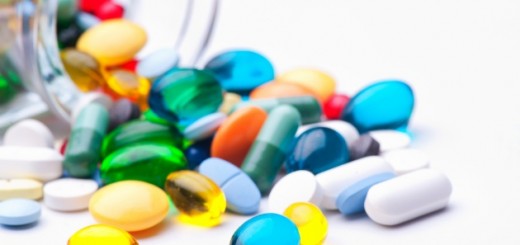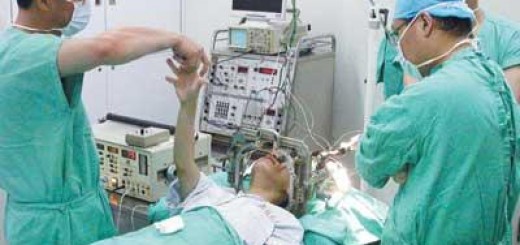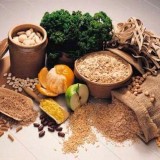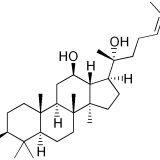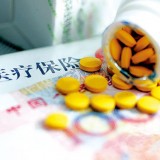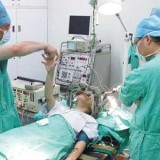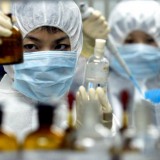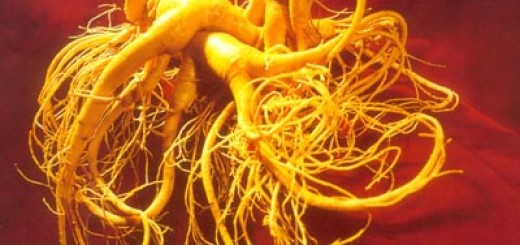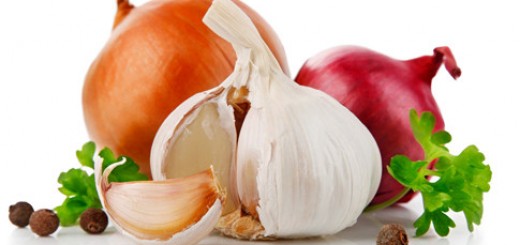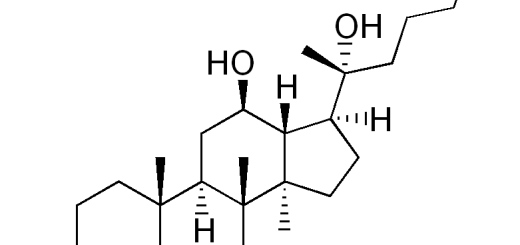One of the major causes for cancer cells to resist current chemotherapy is attributed to the over-expression of P-glycoprotein (P-gp), resulting in insufficient drug delivery to the tumor sites.
Protopanaxadiol can induce apoptosis and significantly enhance the tumor inhibitory effects of chemotherapeutics in a synergistic fashion. One of the possible mechanisms is by blocking P-gp activity. The final deglycosylation metabolite of protopanaxadiols (PPDs) IN VIVO is 20S-protopapanaxadiol (aglycone PPD, PPD), which has also shown anticancer activity and synergy with chemotherapy drugs.
In the present study, P-gp over-expressing cancer cells were utilized to test whether PPD also inhibits P-gp activity. We found that PPD caused similar cytotoxicity in P388adr leukemia cells as their parental non-MDR cells, suggesting that PPD may not be a substrate of P-gp. On the other hand, the calcein AM efflux assay showed that PPD was able to inhibit P-gp activity as potently as verapamil on MDR cells. The blockage of P-gp activity was highly reversible as wash-out of PPD resulted in an immediate recovery of P-gp activity. Unlike verapamil, PPD did not affect ATPase activity of P-gp suggesting a different mechanism of action.
The above results indicate that PPD is not a substrate of P-gp. It is also the first time that PPD has showed a reversible nature of its P-gp inhibition. In addition to its pro-apoptotic nature, PPD may be a potential new P-gp inhibitor for cancer treatment.
Source: Zhao Y, Bu L, Yan H, Jia W. 20S-Protopanaxadiol Inhibits P-Glycoprotein in Multidrug Resistant Cancer Cells. Planta Med 2009; 75: 1124–1128















